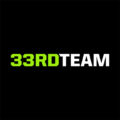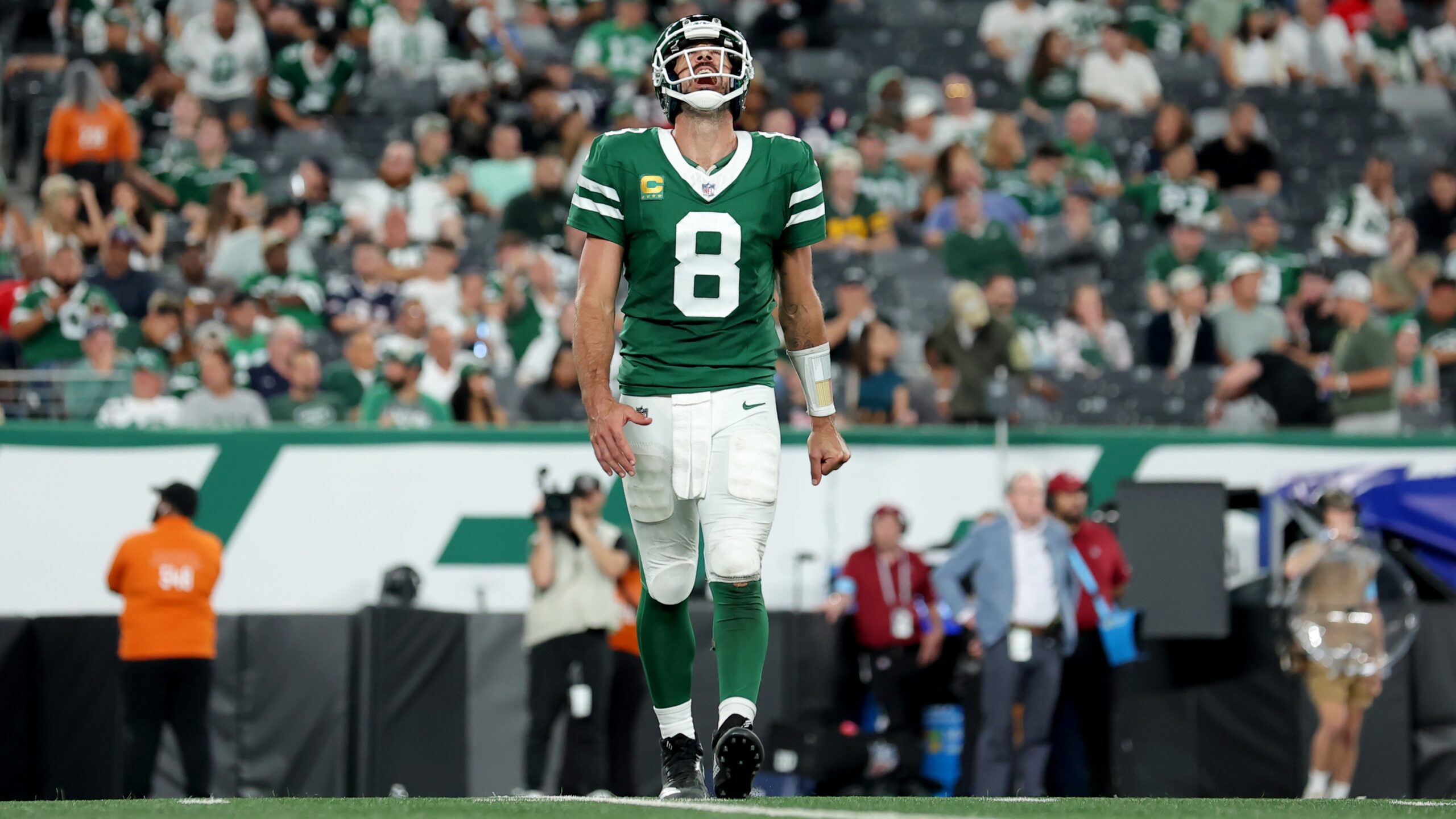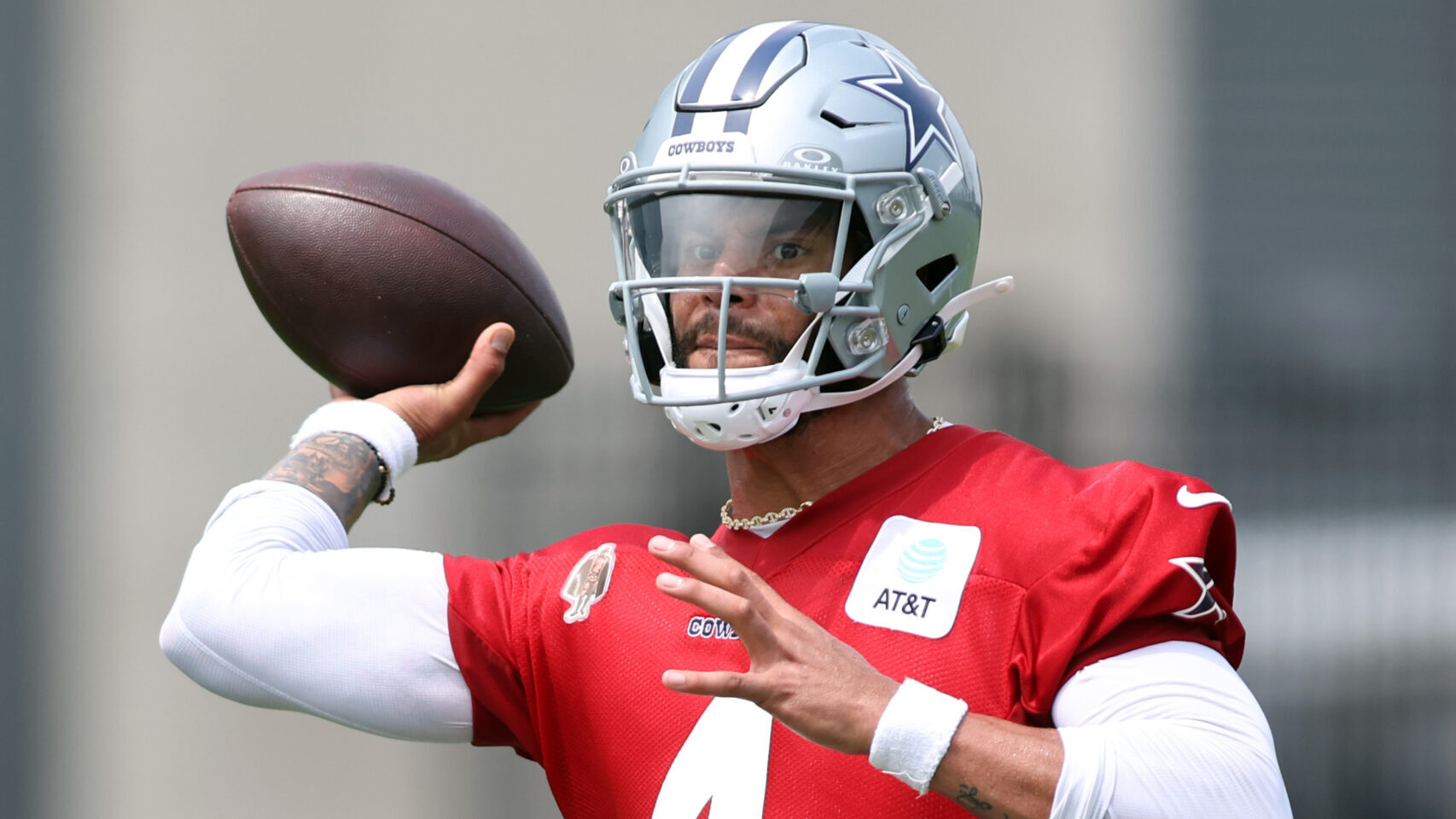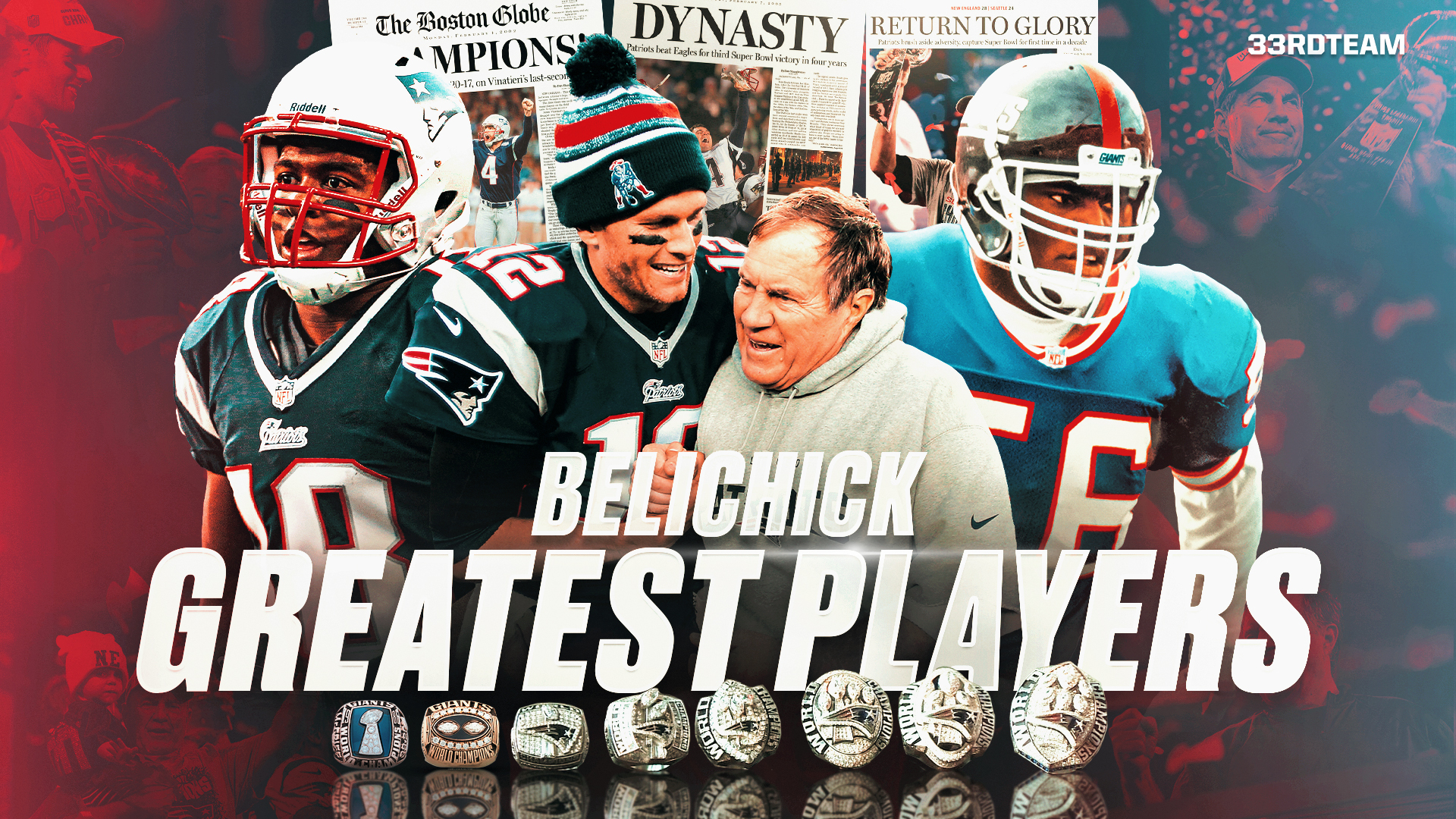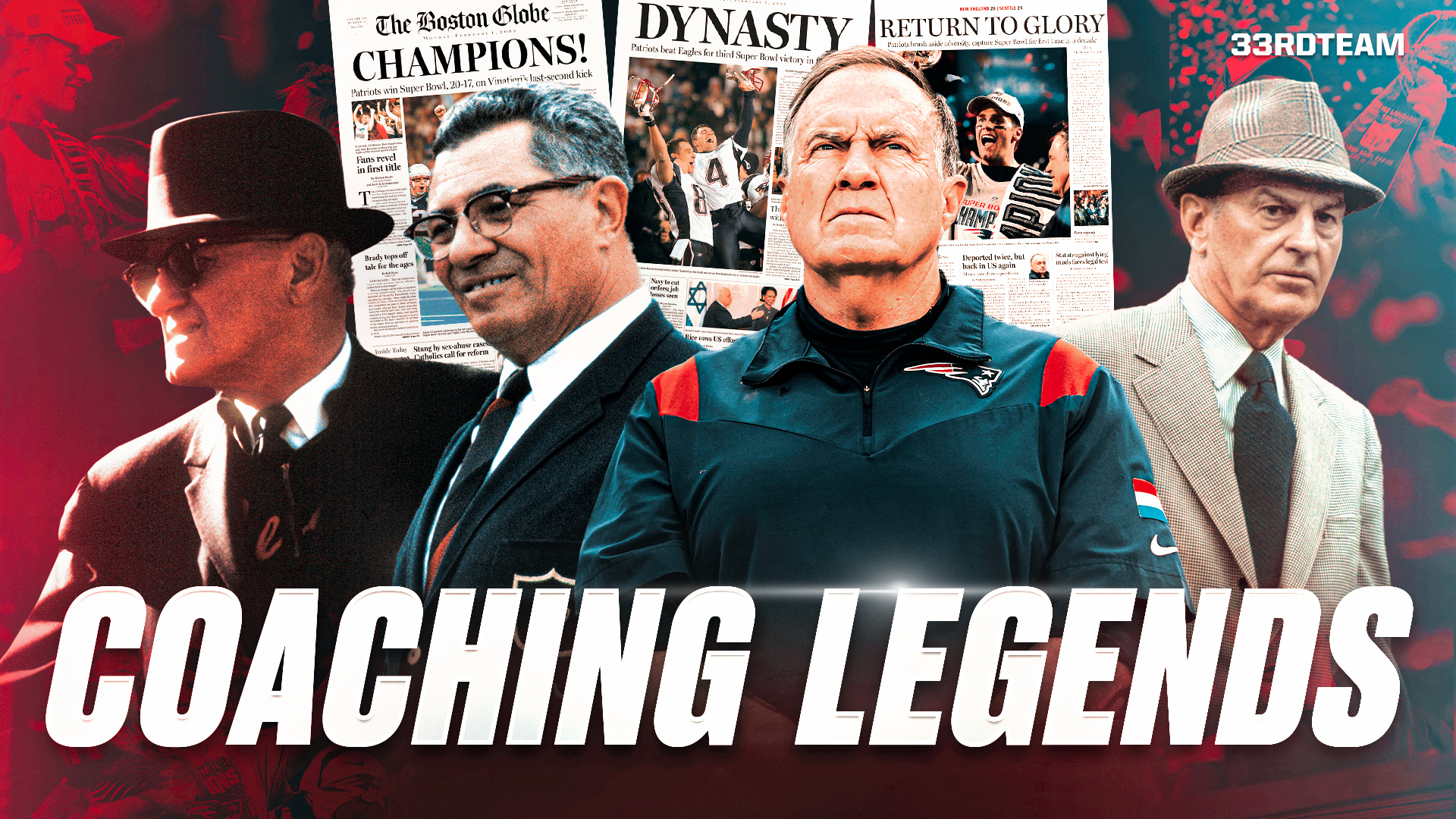Analysis
9/16/23
7 min read
How To Handle Week 2 Chalk in DFS
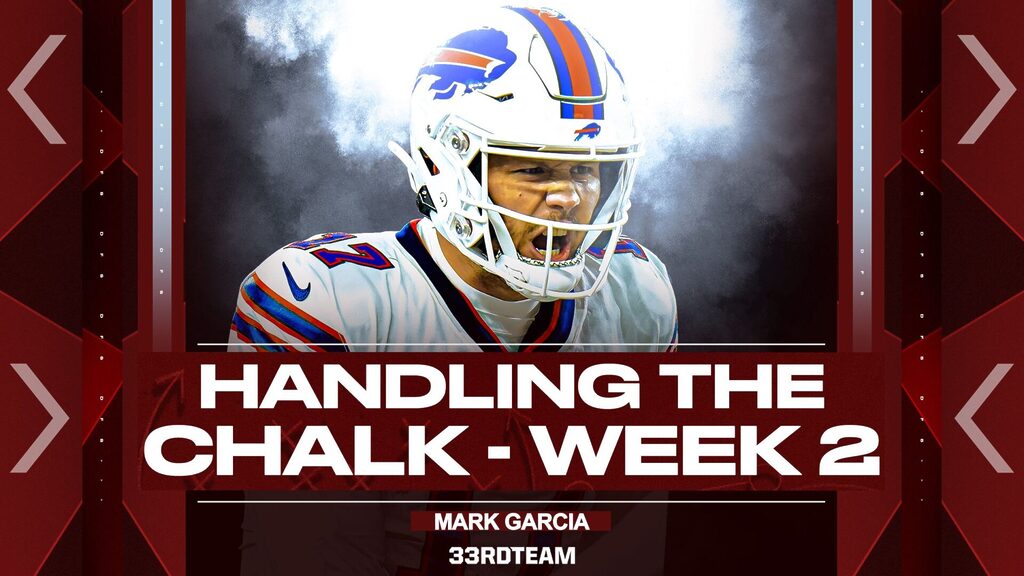
Chalk will develop on any given slate. It is a human psychological certainty introduced in games of competing agents. Things like crowd or group, psychology, risk acceptance profiles, a desire to seek comfort and an innate disdain for the unknown lead people to naturally gravitate towards certain areas of a player’s range of outcomes through a craving for control. This yearning for comfort is exactly what we will look to dissect and break through in this weekly article.
We’ll also explore theoretical and conceptual areas of roster construction in DFS as we examine various pieces of chalk throughout the season, with the goal to grow as players along the way. Numerous tips, or best practices, will emerge from this exploration. With that, and in our best Bruce Buffer voice, it’s time!
Week 2 DFS Chalk
Joshua Kelley
Yes, Austin Ekeler is out. That said, we shouldn’t fall victim to thinking Kellen Moore’s run-heavy ways will carry forward from Week 1. The Los Angeles Chargers boasted the league’s most valuable backfield a season ago. Still, the matchup is the worst on the slate on paper, meaning Joshua Kelley will likely need to score multiple touchdowns to return value, even at a low price of $5,000 on DraftKings. Did we not learn our lesson last week with a chalk running back against this Tennessee Titans defense?
Puka Nacua
The rookie slot man did his best Cooper Kupp impression in Week 1, and it was not a fluke. Puka Nacua remains an intriguing volume play for as long as Kupp remains out of the lineup.
Luke Musgrave
Aaron Jones and Christian Watson are presumably out. One of the primary pieces of tight end coverage for the Atlanta Falcons is Troy Anderson is out. No negative comment can be made about Luke Musgrave as far as expected workload is concerned. Expected game environment is the biggest knock to the rookie tight end. The Green Bay Packers and Falcons might combine for fewer than 120 offensive plays run from scrimmage on Sunday through slow pace of play and heavy rush rates. The Packers also carry a Las Vegas-implied team total of under 21 points. I’m okay looking elsewhere on low-volume chalk at the tight end position.
Calvin Ridley
Calvin Ridley immediately proved that his preseason was no fluke. He is back – and with a vengeance on the league. Ridley commanded an elite 34.4 percent team target market share and 33.3 percent targets per route run rate in Week 1 and plays in the top game environment on the week. Again, can’t really make a negative remark directed at his expected volume here. The biggest path to failure for Ridley is for someone else on the Jacksonville Jaguars to succeed as opposed to Ridley “failing.”
David Montgomery
David Montgomery held a solid 77 percent snap rate in Week 1, but reports from Detroit Lions head coach Dan Campbell indicate higher involvement from rookie Jahmyr Gibbs moving forward. The matchup on the ground against Seattle is fine, but not what it was last season, considering the presence of Bobby Wagner and Uchenna Nwosu in the linebacker corps. Does Montgomery have a path to 100 yards and two or more scores? Maybe?
Davante Adams
Davante Adams and Jakobi Meyers combined for 73.1 percent of the team’s available targets in Week 1, highlighting the same concentration level found in this Josh McDaniels offense in 2022. Meyers will now miss Week 2 because of a concussion, leaving Adams with one of the higher projected volumes on the slate. The biggest knock here is a Buffalo Bills defense with a clear run-funnel nature (wink, wink) after playing absurd levels of nickel Cover-3 in Week 1.
Deebo Samuel
It was shockingh\ to see the field exhibit extreme confidence in Deebo Samuel being the player to erupt from the San Francisco 49ers this week. We can say, with a high level of confidence, that one of Christian McCaffrey, Samuel, Brandon Aiyuk or George Kittle is likely to have a GPP-worthy score against the Los Angeles Rams; the problem is we have no clear indication of which player is likeliest to be here. Could it be Samuel? Sure, it could! Does the percentage chance of it being Samuel match the field’s expected interest in Deebo? No, sir or ma’am.
Ja’Marr Chase
The Baltimore Ravens continue to be a pass-funnel defense through the presence of nose tackle Michael Pierce and their defensive scheme. They will also be without cornerback Marlon Humphrey and safety Marcus Williams, meaning Rock Ya-Sin and Brandon Stephens will likely enter the secondary's starting lineup. While not to the same extreme as in previous years, this presents a slight boost to the pure matchup for all Cincinnati pass-catchers.
Week 2 Recency Bias
Week 1 can be seen from a theoretical perspective via Ygritte from Game of Thrones – “You know nothing, Jon Snow.” If we knew nothing in Week 1, Week 2 can be described as “you know less than you think you know.” Week 1 gave us glimpses into team tendencies, personnel alignment usage, expected snap rates, and more, but it is far too easy to assume those trends are true. The human psychological state wants to believe things that are seen until proven otherwise. This becomes one of the biggest pitfalls in Week 2 DFS play.
Some examples of where Week 1 tendencies might not match season-long performance include:
- Los Angeles Chargers offensive coordinator Kellen Moore’s extreme run-leaning ways against Vic Fangio’s Miami defense.
- Joe Burrow’s struggles against a man-heavy, blitz-heavy Jim Schwartz defensive scheme.
- Todd Monken’s offense and its inability to create mismatches.
- The Lions’ usage of Gibbs.
Some examples of places that are more signal than noise:
- The Arizona Cardinals' defense not being as bad as the field thought coming into the season.
- The Tampa Bay Buccaneers' offense not being as bad as the field thought coming into the season.
- The extreme concentration of volume in Las Vegas.
- The Houston Texans' defense being able to slow opponents down at a rate greater than the field thought coming into the season.
- The New Orleans Saints' ability to attack downfield.
Fighting through these psychological traps then becomes paramount to success in Week 2. It’s difficult to break through these mental hurdles, but doing so will allow rosters to come together, leveraging the uncertainty still present as opposed to shying away from it.
Week 2, Tip No. 1
Pretend we’re in Week 1 this week, incorporating expected field rostership numbers in your decision-making process to question the field’s certainty in specific situations.
Macro Psychological Tendencies
In Week 1, the top expected game environment hit, and the fragile chalk failed. While fragile chalk is more likely to fail over time, the top expected game environment will not always finish the week as the game you had to have exposure to, or you weren’t winning anything. But we were shown that to be the case in Week 1. In practice, that feels like you must account for the Kansas City Chiefs and Jacksonville Jaguars on every roster this week, or you won’t have a chance of winning in Week 2.
There are many more paths to the Chiefs and Jaguars failing than what we saw in Week 1 with the Dolphins and Chargers. Based on the current situation in Kansas City, with their spread nature and sporadic snap rates, there is a high likelihood of no Chiefs player ending the week as optimal if Travis Kelce fails to put the slate out of reach at the tight end position. Furthermore, the Jaguars are a rather spread offense and the one piece that aligns best with the matchup (Travis Etienne) is currently going relatively overlooked.
Week 2, Tip No. 2
Challenge previous assertions. Dig deep into game environments, team situations, and individual expectations in Week 2.
That will do it for our Week 2 exploration of chalk and some theoretical and conceptual takeaways. We’ll be running this series every week of the 2023 season, picking out new learning points with each week. I welcome all feedback with this new column, so please don’t hesitate to reach out to let me know things you like or things I could do better.
Follow The 33rd Team Podcast Network on Spotify and Apple Podcasts.

